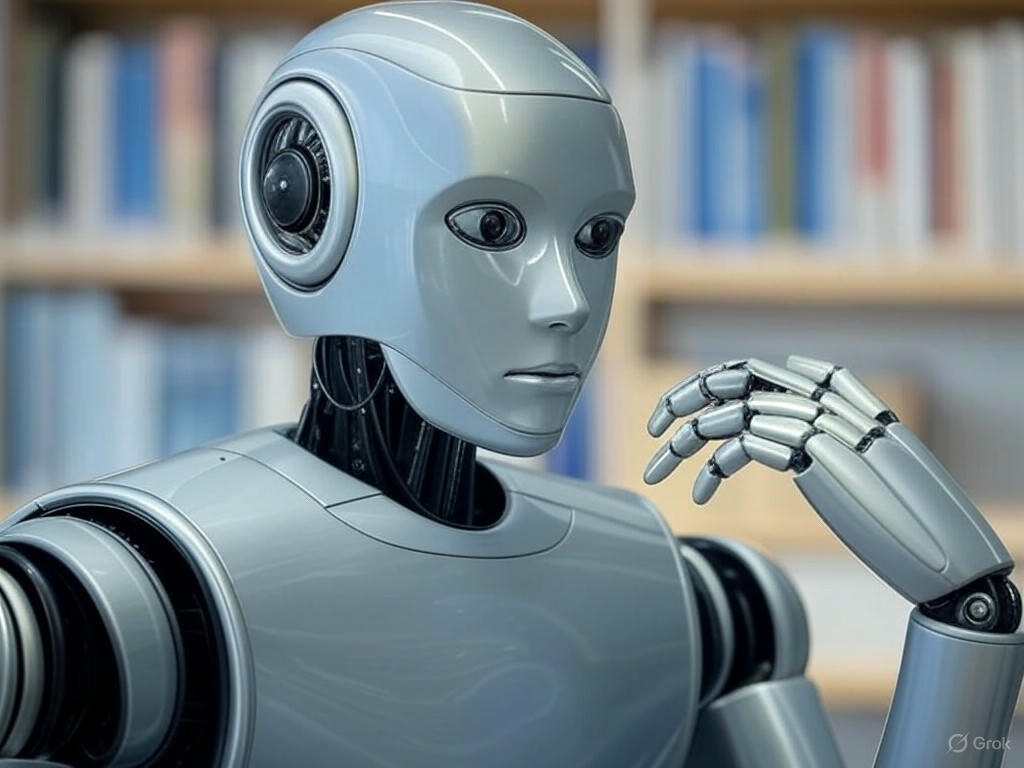AI Showdown: Which Bot Conquered Our Ultimate Reading Challenge?
In a digital age where artificial intelligence is becoming a trusted companion for complex tasks, we decided to put some of the most popular AI bots to the test. Our mission was simple yet daunting: challenge these virtual assistants to tackle a series of intricate reading and comprehension tasks that would stump even the sharpest human minds. From dissecting dense legal jargon in contracts to breaking down convoluted medical studies, speed-reading a classic novel, and even interpreting the often unpredictable rhetoric of political speeches, we wanted to see which AI could rise above the rest. The results were a fascinating mix of brilliance and blunders, revealing just how far AI has come—and how much further it still needs to go.
Our test was designed to push these bots beyond their comfort zones. Legal contracts, with their labyrinth of clauses and fine print, proved to be a stumbling block for some. One bot confidently misread a critical penalty clause, turning a minor fee into a nonexistent fortune. On the other hand, a lesser-known AI surprised us by summarizing a 50-page agreement into a concise, accurate brief that could rival a seasoned lawyer’s work. Medical research papers, filled with technical terms and dense data, were another hurdle. While most bots struggled to simplify the content for a layperson, one stood out by translating a study on cardiovascular health into clear, actionable insights—potentially a game-changer for public health education.
When it came to speed-reading a novel, the results were equally varied. We chose a dense literary classic, expecting the bots to falter under the weight of metaphors and subtext. Some did, offering shallow summaries that missed the story’s emotional core. Yet, the top performer delivered a nuanced analysis of character motivations and themes in record time, proving that AI can, at times, grasp the subtleties of human storytelling. The final challenge—making sense of erratic political speeches—was the ultimate test of context and tone. Most bots floundered, producing literal transcriptions devoid of deeper meaning. However, one AI managed to extract key themes and intent, even navigating the chaos of unscripted remarks with surprising clarity.
What emerged from this experiment was a clear winner, and it wasn’t the household name you might expect. This underdog bot consistently outperformed its more famous counterparts, blending precision with adaptability across all tasks. Its ability to handle diverse content with finesse hints at a future where AI could become an indispensable tool for education, research, and beyond. Still, the failures of others remind us that AI is not infallible—it’s a work in progress. As developers refine these technologies, we can look forward to smarter, more intuitive bots. For now, this test has shown us that while AI can dazzle with its intellect, it’s not quite ready to replace the human touch. The journey of artificial intelligence continues, and we’re eager to see what’s next.


